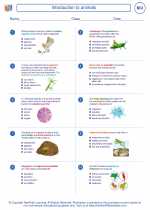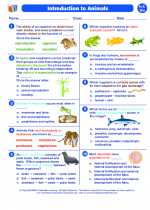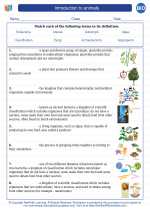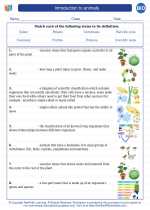Nematoda: The Roundworms
Nematoda, commonly known as roundworms, are a diverse group of organisms belonging to the phylum Nematoda. They are found in almost every environment on Earth, including marine, freshwater, and terrestrial habitats. Nematodes are known for their unsegmented, cylindrical body, and they play important roles in nutrient cycling and food webs.
Anatomy of Nematodes
Nematodes have a characteristic body structure with a complete digestive system, including a mouth and an anus. They also have a fluid-filled body cavity called a pseudocoelom, which serves as a hydrostatic skeleton. The cuticle, a tough, flexible outer covering, protects the body and allows for movement.
Reproduction and Life Cycle
Nematodes reproduce sexually, with separate male and female individuals. The life cycle of a nematode typically involves four stages: egg, larva, juvenile, and adult. Some nematodes undergo a process called molting, where they shed their cuticle as they grow.
Ecological and Economic Importance
Nematodes play important roles in ecosystems as decomposers, predators, and parasites. While some nematodes are beneficial for nutrient cycling, others can cause diseases in plants, animals, and humans. For example, the nematode Caenorhabditis elegans is a model organism widely used in biological research.
Study Guide for Nematoda
- What are the key characteristics of nematodes?
- Describe the anatomy of a typical nematode.
- Explain the reproductive process in nematodes.
- Discuss the ecological roles of nematodes in different habitats.
- Give examples of nematodes that are important in scientific research or agriculture.
- What are the economic impacts of nematodes?
By studying these aspects of nematodes, you will gain a comprehensive understanding of their biology and ecological significance.
.◂Biology Worksheets and Study Guides High School. Introduction to animals

 Worksheet/Answer key
Worksheet/Answer key
 Worksheet/Answer key
Worksheet/Answer key
 Worksheet/Answer key
Worksheet/Answer key
 Vocabulary/Answer key
Vocabulary/Answer key
 Vocabulary/Answer key
Vocabulary/Answer key
 Vocabulary/Answer key
Vocabulary/Answer key
